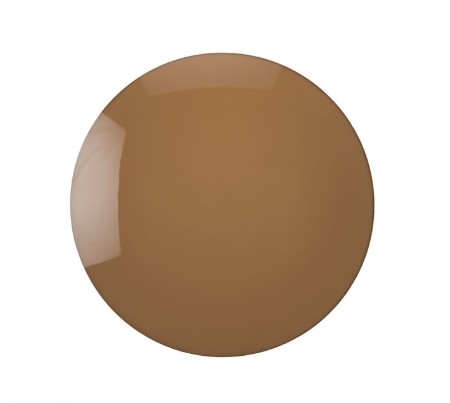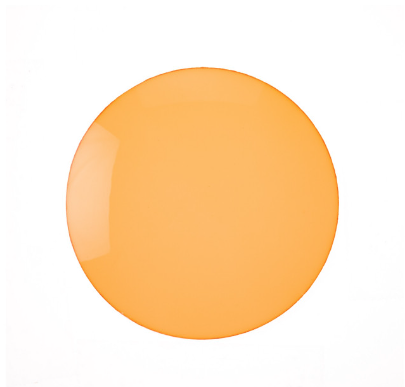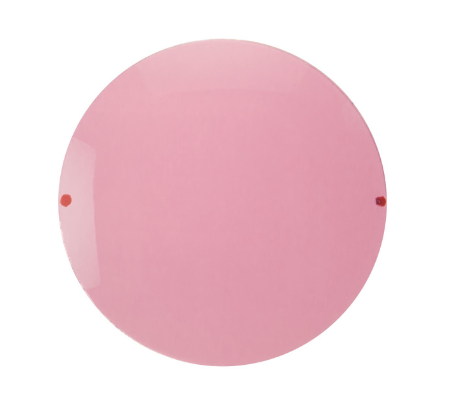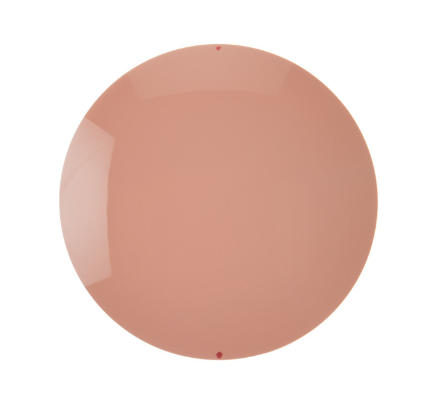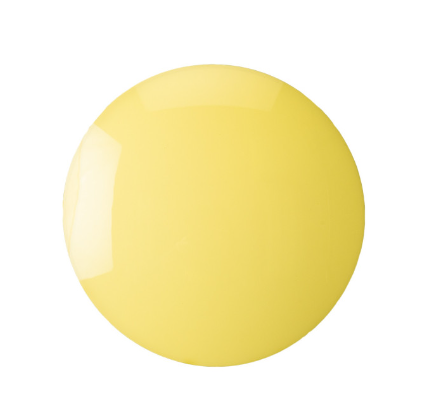Elevate Your Golfing Experience
When it comes to golfing, precision, focus, and clarity are key to achieving your best performance on the course. While it’s important for golfers to prioritize their clubs, swing, and technique, there is an essential accessory that can significantly impact their game – sunglasses. A good pair of lenses specifically tinted for golf can provide visual enhancements and help you maintain a clear perspective from the tee to the green.
Lens tints can play an important role in enhancing your vision and overall performance on the course. Lens tints are designed to filter certain colours of light, which can help improve contrast, reduce glare, and enhance depth perception. Here are a few lens tints commonly used for golfing:
GREY TINTS
Grey is a popular neutral colour for golfing as it provides true colour perception while reducing overall brightness. Grey lenses are effective in bright conditions and can minimize glare, allowing you to see the course clearly.
BROWN + AMBER TINTS
Brown and Amber are known for enhancing contrast and depth perception. These tints can be beneficial on partly cloudy days or in low-light conditions, as they can help identify changes in terrain and contours more easily.
Rose + Copper Tints
Rose and Copper are also great for golfing, as they improve depth perception and enhance contrast in various lighting conditions. They can be particularly useful in overcast or hazy conditions, helping to highlight subtle changes in the landscape.
Yellow Tints
Yellow is excellent for enhancing contrast and depth perception in low-light conditions or when playing at dusk or dawn. Yellow lenses can help make the white ball stand out against the green grass, making it easier to track its trajectory.
Green Tints
Green: can provide good contrast enhancement and depth perception. They are suitable for bright to moderate light conditions and can help reduce eye strain on the golf course.
It's recommended to try different lens tints and find the one that suits your preferences and visual needs on the golf course. There are some other lens types to consider:
Polarized Lenses
Glare from sunlight reflecting off water hazards, sand traps, or even the grass itself can impair your vision and affect your shot accuracy. Opting for polarized lenses in your golf sunglasses can help combat this issue. Polarization technology minimizes horizontal glare, allowing you to see more clearly and make accurate judgments on distance, contours, and hazards.
Polarized lenses are not ideal for some activities or sports as it's the reflected glare that shows where the water and ice are, so eliminating that can affect performance, so it’s important to think about what you need to see and what you don’t want to see.
Backside Anti-reflection coatings
Dark sunglasses can intensify the back reflections you see looking through the lenses. Adding an anti-reflection coating on the back surface of the lens allows for light to pass through the lens instead of reflecting back into your eyes.
Mirror coatings
Help bounce light away from the front surface of the lens. Read more about mirror coatings here.
If you wear progressive lenses
We can create a lens made just for golfing where we offset the reading and intermediate portions pushing the distortion lower so it’s easier for you to look down at your feet and still follow the path of your ball in the air.
Don't let the sun hinder your golfing performance. Investing in a quality pair of lenses specifically designed for golf can significantly enhance your visual acuity, protect your eyes from UV rays, and eliminate distracting glare. So, gear up and let your sunglasses become an essential part of your golfing arsenal.



